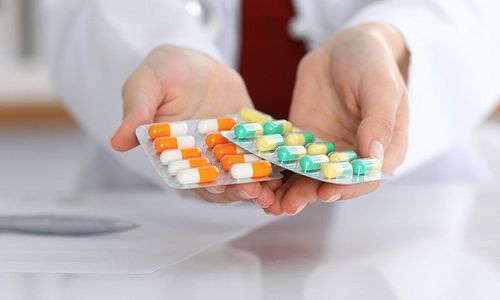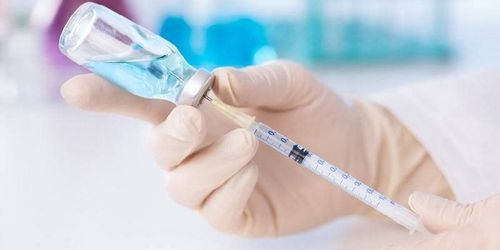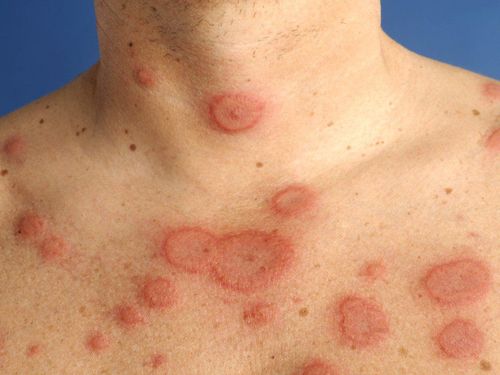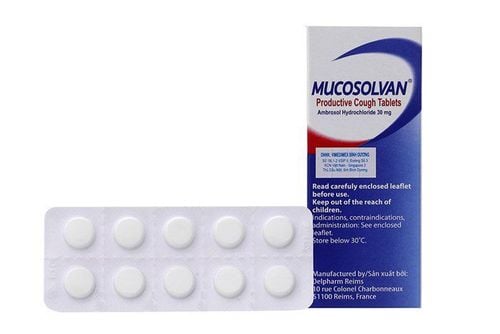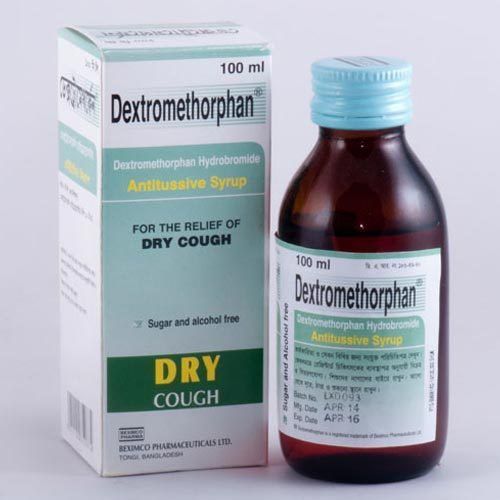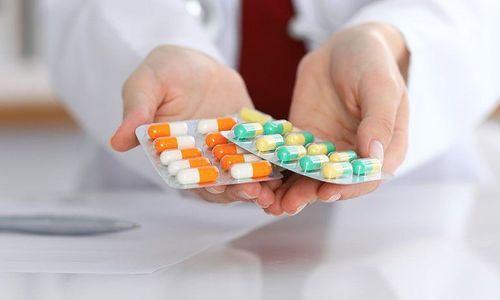This is an automatically translated article.
The article is professionally consulted by Master, Doctor Nguyen Minh Tuan - Pediatrician - Pediatrics - Neonatology - Vinmec Danang International General HospitalAntibiotics are the most commonly prescribed drugs in children and are also the drugs with the most adverse reactions in children, of which about 25% are allergic to antibiotics. While these illnesses are usually not severe enough to lead to hospitalization, they are a concern for parents. Children with antibiotic allergies have higher visits, prescriptions, and drug costs than other children.
1. What are antibiotics?
Antibiotics (antibiotics) are antibacterial substances created by strains of microorganisms (bacteria, fungi, Actinomycetes) or synthetically that inhibit the growth of other microorganisms.Antibiotics are a special group of drugs because their use affects not only the patient but also the community. For developing countries like Vietnam, this is an important group of drugs because infectious diseases are among the leading diseases in terms of both morbidity and mortality.
2. What are the effects of antibiotics?
Antibiotics are medicines used to fight certain infections by killing or reducing the growth of bacteria.Before bacteria can multiply and cause symptoms, the immune system can usually destroy them. White blood cells (WBCs) attack harmful bacteria, and even when symptoms do occur, the immune system can usually cope with and fight off the infection. However, sometimes, when the amount of harmful bacteria is too much and the immune system can't fight them all, antibiotics are very helpful in these cases.
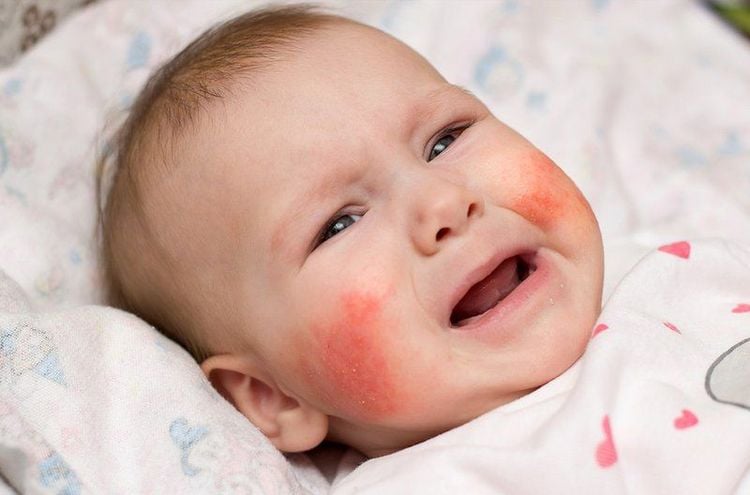
3. Handling when children are allergic to antibiotics
When children have signs or suspect that they are allergic to antibiotics such as: urticaria, rash, itching or swelling of the lips and eyelids after using antibiotics, parents should immediately stop antibiotics and take the child to the doctor. . If a child has more severe symptoms such as: fatigue, vomiting, difficulty breathing, stridor, pale lips, pale skin, etc., this may be a sign of anaphylaxis, requiring immediate emergency care, so parents or caregivers should seek immediate medical attention. for care take the following steps immediately:
Call 911 or the nearest hospital emergency number. Make sure the child will be taken to the medical facility as soon as possible.
4. Prevention of antibiotic allergy in children
The best prevention is to use antibiotics only when absolutely necessary and prescribed by a doctor. Parents absolutely do not arbitrarily use antibiotics for children.In some cases, the doctor may recommend that you take your child to an allergist - a doctor who specializes in treating all types of allergies. The allergist will likely:
Find your baby's allergy triggers, the antibiotics that cause the allergy. Suggest ways to avoid the cause of allergy symptoms. Come up with a treatment plan. If your child is allergic to an antibiotic, the best prevention is to avoid that antibiotic. Steps parents can take to protect their children include:
Notify healthcare workers. Make sure your child's antibiotic allergy is clearly documented in the medical record. Notify other medical personnel, such as your dentist or any other medical professional, when you come for medical examination and treatment.
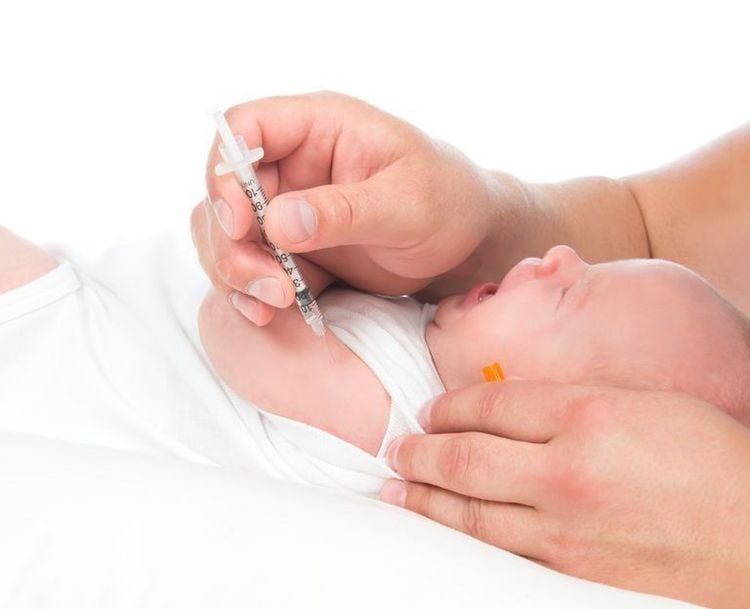
Please dial HOTLINE for more information or register for an appointment HERE. Download MyVinmec app to make appointments faster and to manage your bookings easily.
The article references the source: ncbi.nlm.nih.gov; Mayoclinic.org




